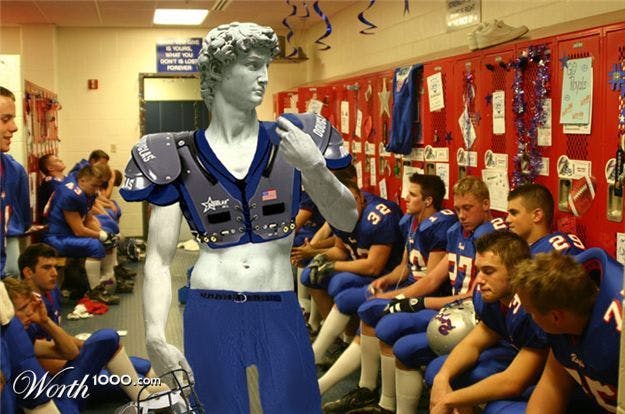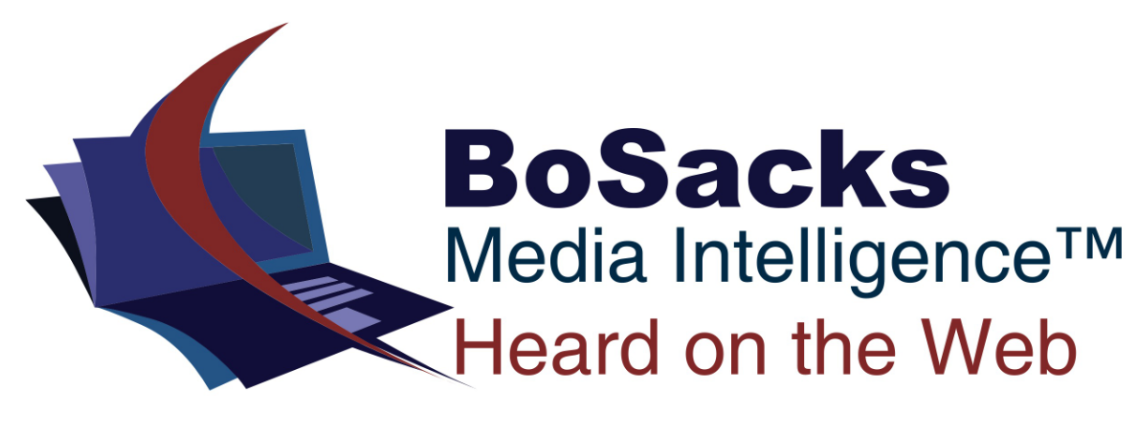BoSacks Speaks Out: MPA-IMAG, Focusing on the Consumer Rather Than The Advertiser
By Bob Sacks
Thu, Jun 21, 2018

There is a trend in the publishing media conferences that has been growing for the past few years, and when I tell you what it is, you'll say, of course.
It's a conversation I've seen growing around the world in publishing conferences. I've heard it in Berlin at The Digital Innovator's Summit and at MagNet: Canada's Magazine Conference. I've heard it in London and Oxford, Mississippi. It was repeated in NYC at the AMMC-MPA annual event and now playing out at MPA-IMAG last Wednesday and Thursday in Boston, Massachusetts. I'll eventually tell you what this "new" revelation is, but not just yet. I want to build up to the simple epiphany.
It is usually reasonable to start at the beginning when explaining damn near anything. So, I figure I'll start with Linda Thomas Brooks, President and CEO of the MPA who opened the IMAG event. Since her arrival at the MPA, I have seen an era of advanced messaging for the magazine industry. Today was yet another step in the right direction and I suppose a tangent to the campaign: Magazine Media. Better. Believe it.
Linda's presentation at IMAG was titled Credibility By The Numbers. It was an insightful look at the making of a magazine and the carefully researched and rendered articles within.
Linda shared data on several articles from several magazines. I'll just tell you about the article that ran in Parent's Magazine called "I think there's something wrong with my child". It took two years of research with 7 moms, 1 fact checker, 2 photo editors, 1 photographer, 1 production Manager, 8 print editors, 4 digital editors, 2 copy editors, 4 psychiatrists/psychologists, and 2 lawyers. You get the point.
Magazines have credibility with the public partly due to the amount of time, research, personnel, money and energy invested in them to make them credible. No, not all magazines can afford to perform to the level of excellence of Parent's Magazine. But I will submit that most print magazines do try to the best of their ability and monetary war-chest to give their readers words and ideas not only worth reading but also worth trusting. With all the Sturm und Drang of the internet, print has over its 600-year history created longtime trust in our products. Just being in print adds the aforementioned credibility, even to some titles that don't deserve it.
As many surveys tell us, it is true that traditional media is more trusted than online media. But let's be honest the advertising agencies of the world don't seem interested in our credibility and are still deeply attracted to the digital placement of advertising dollars. And that brings me back to the trends I've seen in the publishing media conferences, literally everywhere on the planet. It's as simple as this: "Let's have the readers pay for our content." I told you you'd say "of course."
Yes, that is what we should have been doing all along. Advertising revenue should be the gravy on the meat adding just a little something extra to the dish and not the unreliable and indigestible thing it has become. Everywhere I go the conversation is about two things: giving the readers the information that they want, when they what it and, through various means and programs, having them pay for it.
Again, totally obvious, but to our industry only in hindsight. The industry has now made that turn and is doing exceeding well in many areas. All this was in evidence at IMAG and is being discussed everywhere.
This focus on alternative revenue and the creative ways publishers are achieving it is very uplifting to an industry that was struggling for quite some time.
Sure, we will still get print advertising revenue and lots of it, but it is fast becoming just one of many revenue streams and the not the sole addictive Goliath it once was.
Which brings me to the second speaker of the day at IMAG, David Liu, Co-founder, XO Group Inc. David and his partner created The Knot. Yes, you know, the wedding planning magazine, web site and giant in its sector. Founded in December 2, 2000, the company launched its own bridal magazine, and the rest is amazing history.
Bo's interpretation of David's explanation of the Knot's success is to find out where your readers are at that moment in their lives and then give them the answers and solutions they need. What is the next thing they want to do and then provide that precise information, too.
David told the IMAG publishers, "Facebook and Google will account for 90% of all new digital advertising. We are fighting for 10%, and there are too many adversaries. So, focus on the consumer rather than the advertiser." Does that sound familiar?
Here are some other highlights:
• It was Harvard marketing professor Theodore Levitt who once said, "People don't want to buy a quarter-inch drill. They want a quarter-inch hole." This statement was repeated by Eric Thorkilsen, CEO, This Old House Ventures, LLC. His point was to "align those customer needs with brand consistent solutions." He went on to say, "If you are in the media business, you are in the audience business." There is that theme again.
• Later in the morning we heard from Simon Leslie, Founder and Joint CEO, Ink Global. Simon is running a large under-the-radar publishing house of inflight magazines. He works with such companies as American Airlines, Amtrak, United Airlines, KLM, and perhaps two dozen more. I believe that they publish 28 magazines in multiple languages and create and distribute dozens of digital products to passengers.
Simon opened with the following statement: Most people don't care if 78% of brands disappear tomorrow. Every business must stay relevant in their market place and be part of the 22% of brands that people care about. He echoed David Liu's comment and stated:
"What does the customer really want?"
"Our media has built up trust with the reader"
"Our readers listen to our recommendations"
Then Simon took a somewhat surprising turn of topic and started to talk about how he rebuilt his company with empowering his employees. He offered the following advice. "When it comes to people, focus on RH not HR. Resourcing humans not human resources - if you do that they will start giving you more than you expect.
• Laura Simkins, COO, AFAR Media, offered, "Consumer revenues increasing from 34% to 42%." Again here we see the trend of focusing on consumers and revenue from consumers.
• Elizabeth Bramson-Boudreau, CEO and Publisher, MIT Technology Review continued with the theme as she repeated a quote from Bharat Anand, The Content Trap, "Figure out which customers to go after and what they really want. Then deliver on it in a unique way. It's that simple."
There were of course other speakers and some pergent topics. but mostly the theme held for two days, as it does elsewhere.
Let me conclude with this as a model for other publishers to consider following. It came from Fran Middleton, Chief Digital Officer, America's Test Kitchen. When talking about advertising he said, "The subscription business is so healthy we don't want to go there," meaning they don't and won't seek advertising in their magazine and never have. And that is food for thought, no pun intended, but there it is.
